All about planting plums in autumn
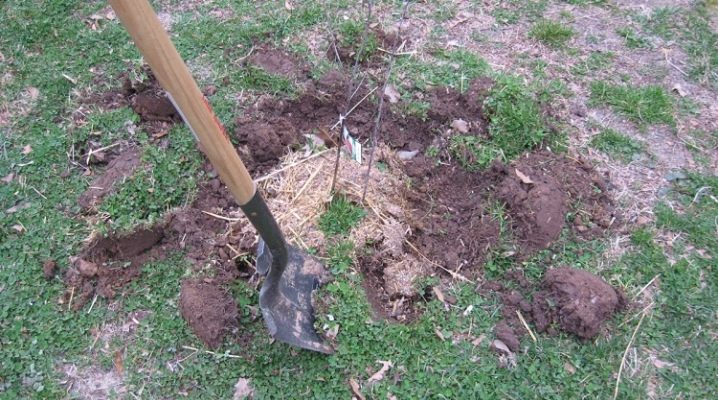
Knowing everything about planting plums in the fall, about how to care for seedlings, is useful for all gardeners in various Russian regions. It is imperative to figure out when to plant them in the Moscow region and the Leningrad region, in other places. It is also worth considering other recommendations of professionals and experts on autumn planting.
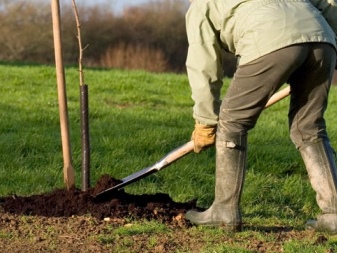

Advantages and disadvantages
There are solid benefits to trying to plant plums in the fall. This approach allows you not to lose a whole year, if suddenly the plant does not take root. And the likelihood that it will be critically damaged in the fall or during the winter is quite high. Another advantage is that in the spring there will be no need to rush. Normal spring planting is possible only at the time when:
- the kidneys have not yet appeared;
- the soil has already warmed up;
- frosts at night became impossible.
But all three conditions do not always coincide in time. This creates serious additional problems. In addition, a number of other works will have to be carried out in the garden, in general, spring is a hot time. And at the end of the growing season, planting is easy to combine with other agricultural work. At the beginning of the next season, the plant can immediately begin to develop, especially since it will receive double the amount of fertilizer. However, some problems inevitably arise in the fall. It can be very difficult to keep track of the plant. How exactly it took root, whether it is developing well, can be assessed only after the beginning of the thaw.
It should also be borne in mind that when the winter is too cold or too warm, the situation only gets worse. In areas with inconsistent winter weather, it is possible to insure against the death of a seedling only by spring planting.
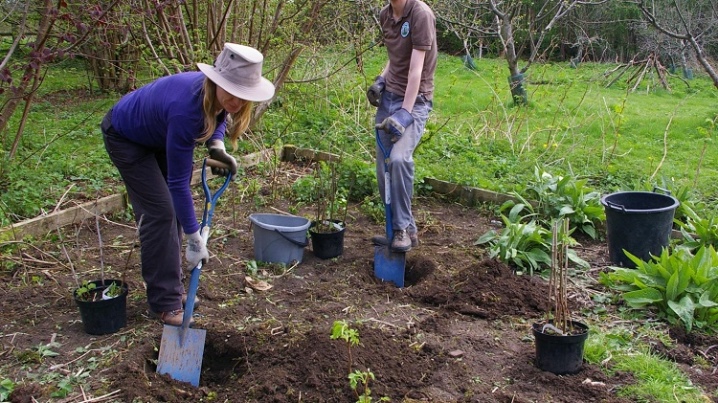
Timing
Whether or not to navigate when determining the planting time on the lunar calendar is up to the gardeners themselves. But in addition to it, there are many instructions that allow you to fairly accurately determine the timing for work. In any case, it is better to complete the autumn manipulations 30-45 days before the onset of frost. In each region, this is a strictly defined moment. Long-term weather forecasts help to establish it more clearly.
In the Moscow region, plums can be planted in October - but usually no later than the 15th. Even if the weather is relatively warm, you should not flatter yourself unnecessarily in any case. The best way is to give the culture an additional chance to take root. The same rule applies in other parts of central Russia. But in Siberia, the Leningrad region and other areas of the north-west, in the Urals, the landing should be made strictly in September.

Sapling selection
Nurseries can offer a huge variety of planting material. Taking into account the offers of shops and individuals, the choice is even more difficult. In addition to the varietal affiliation, other circumstances must be taken into account. So, contacting the same nurseries is much more practical than buying on the market or by hand-made ad. In any case, you need to look at parameters such as:
- dwarf or semi-dwarf stock;
- withered twigs and rotten roots (both should not be);
- height - not less than 1.4 m and section - from 13 mm (first grade);
- height - at least 1.1 m, section - at least 11 mm (second grade);
- stems with forking at least 0.5 m high (branches not shorter than 0.2 m);
- lack of obvious signs of illness;
- inadmissibility of lichen traces;
- inadmissibility of any broken and split branches.
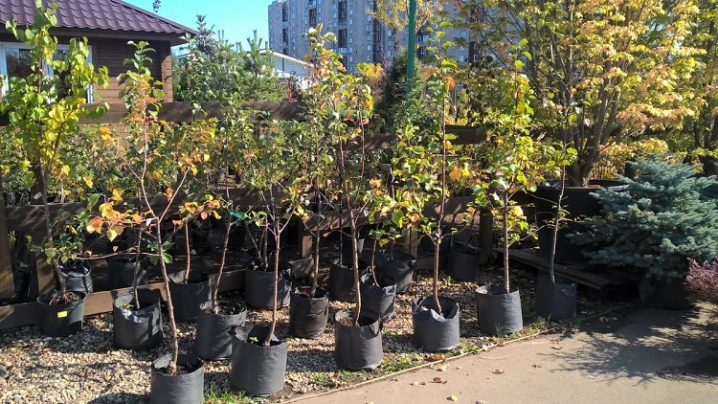
Seat selection
The soil
Plum needs light, loose earth.For her, the neutrality of the reaction or the weak alkalinity of the soil is important.... This corresponds to a pH value of 6.5 to 7.5. The saturation of the selected areas with organic substances is relevant. If the plum has to be planted in lowlands with stagnant precipitation and melt water, it is recommended to form mounds with a height of 0.4-0.5 m to compensate for possible problems.

Compatibility with other plants
It should be noted right away that even the plums themselves can conflict with each other. This is usually triggered by too tight a planting, when you have to compete for moisture, light, nutrients and just for space. The more relevant compatibility is when a complex garden is formed instead of monoplants. Important: it is necessary to keep plum plantations away from lilacs, barberries, viburnum and other rapidly growing bushes. Those may too actively claim a useful place.
Any cultivated plants, not excluding the plum, must be grown apart from the walnut. This culture also conflicts with pear and apple trees. But next to the cherries, it just belongs (although some farmers hold a different opinion). Elderberries, maples, gooseberry bushes, raspberries and black currants will also be good neighbors. The ban includes:
- Birch;
- coniferous trees;
- fruit trees;
- mixing of Manchu and Russian plum varieties.
But there are other subtleties that should also be taken into account. In addition, every gardener has his own experience, and general standard rules do not always work. According to some experts, there is no place for hazelnuts, fir and poplar near the plums. Apple trees and pears can sometimes be tolerated at a fair distance. And even the joint cultivation of plum plantations next to black currants is also sometimes allowed. Good results for many years are given by the proximity to thyme. This herb also suppresses weeds. Great companions can be primroses, daffodils, tulips and other plants with an early flowering period. Proximity to nightshades is unacceptable. But the grapes are quite good: both on their own and in the neighborhood with cherries, apple trees.
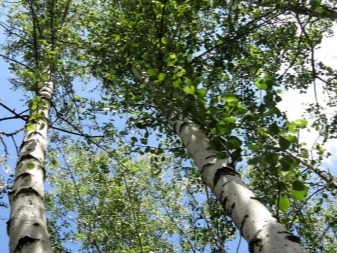
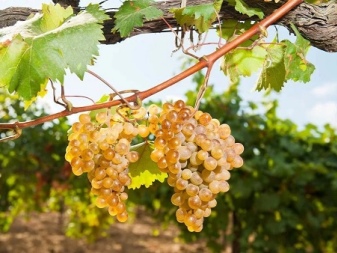
How much distance should there be between trees?
An interval of less than 3 m between individual outlets is undesirable. The aisle should at least be the same. In the case of columnar varieties, these indicators decrease to 0.4 and 1.5 m, respectively.
In some cases, the gap when growing common varieties can be reduced to 2.5 m.However, if there are tall fruit trees nearby, then the distance of 3 m must be maintained flawlessly.
Preparation
The depth of the planting hole in fertile areas should be 60 cm.It is recommended to maintain a cut width of 80 cm. The soil at the very bottom is supposed to be thoroughly dug up and filled with water. In case of uncertainty about the fertility of the earth and the impossibility of choosing another place, a pit 100x100 cm is torn off. Fertile soil, mixed with thoroughly rotted compost or humus, is necessarily laid in it up to half the height.
If the soil is carefully prepared in this way, fertilizing or adding homemade nutrient mixtures will not be needed for 3 to 4 years. But at the end of this period of favorable growth, the culture will definitely need to be fed intensively. Improving clay soil can be due to the admixture of coarse sand. If, nevertheless, instead of the autumn procedure, it is planned to plant plums in the spring, the pit must be prepared in the fall according to the principle already described. This can be done just before the onset of severe frosts.
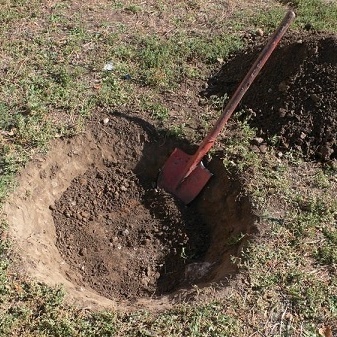
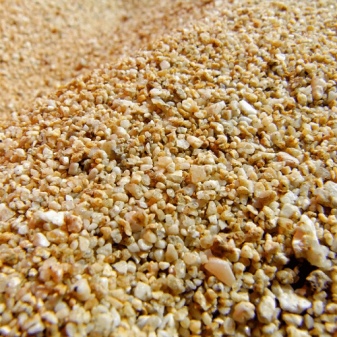
Technology
To plant a plum tree correctly in open ground in the country for the winter, you first need to get planting material. The cheapest way is to use a bone. However, the preparation will take about 2 years. The procedure is as follows:
- the washed seeds are soaked for 3 to 5 days;
- interfere with them every day and replace water;
- dry seeds;
- put them in a glass tank;
- 6 months before planting, the planting material is mixed with wet sand and stratified;
- sow seeds at a convenient moment;
- after 2 years, the resulting shoots are used for rooting on the site.
Different rules apply if it is decided to plant (dig in) the cuttings. They are harvested at the moment when redness begins. The cuttings should be taken from the mother bushes and should be approximately 0.3 m long. It is better if there are 2 or 3 real sheets. The cuttings are kept in water for about a week. When 7-10 days have passed, they are transplanted into a special soil composed of peat and sand. Next, the soil is watered with water in which superphosphates are dissolved.
By the end of autumn, the cuttings are sprinkled with peat. This greatly increases the chances of success. But the easiest way is to use a seedling from a proven nursery with a closed root system. It is best planted in June. Then the tree will have time to take root and will not freeze. Together with water for irrigation, substances that suppress insect pests are used.
To avoid voids, it is recommended to trample the soil properly. The trunk circle is advised to mulch with peat.

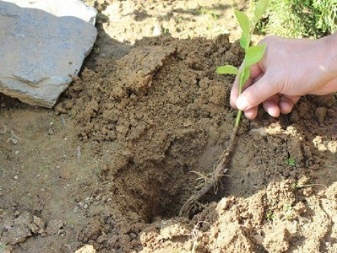
Recommendations
Experts strongly advise to select seedlings of varieties zoned in a specific area. It is better for novice gardeners to dwell on varieties that have been known for at least 10-15 years. They are unlikely to present unpleasant surprises. If there is not enough space for 2 seedlings, you can plant 2 or even 3 varieties per rootstock. However, this is quite difficult - you cannot do without the help of more experienced gardeners.
If the weather is getting worse, you shouldn't risk it. It is more correct to postpone planting until spring. At this time, the seedlings are buried horizontally and covered with snow, or planted in a bucket and placed in the basement before the onset of heat. Whenever possible, a height should be chosen for the plum. To exclude the destruction of natural or mound hills, their perimeter is strengthened with boards or a lawn is planted there (as the professionals say, they are "covered").
Soft twines are used to tie the trunk. Strong tightening and squeezing of wood is contraindicated. Peat mulching increases moisture retention in the ground. It is better to plant plums in the morning or in the evening, excluding exposure to the bright sun.
If sunny weather is expected, the seedling is shaded for 2-3 days.
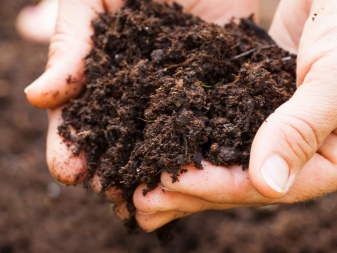
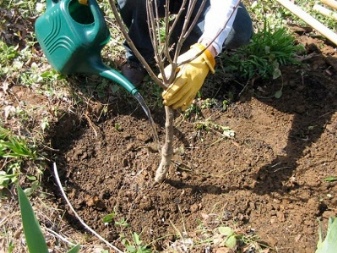













The comment was sent successfully.